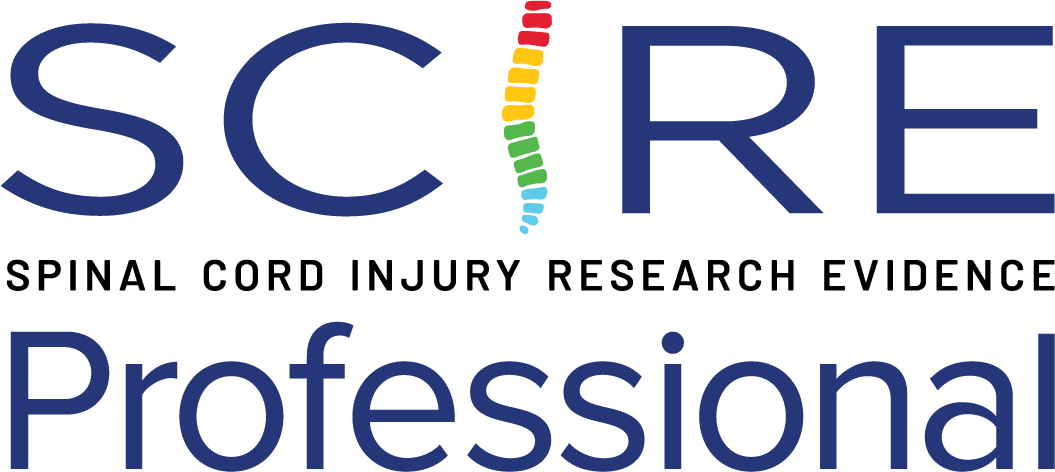# of studies reporting psychometric properties: 2
Interpretability
MCID: not established in SCI
SEM: not established in SCI
MDC: not established in SCI
- Lower scores indicate more severe spasticity
- No norms have been established for the SCI population
Reliability – High
- There were no significant differences between seven trials of the pendulum test performed at the end of manual muscle testing (P = .64).
- Inter-trial reliability is High (ICC = 0.92).
(Smith et al. 2000; n=22, 21 males, 1 female; tetraplegia and paraplegia; mean (SD) time since injury: 29.8 (43.2) months)
- The test-retest reliability is High:
Optical Tracking System with Pendulum test (OTS): ICC = 0.932 (95% CI)
Inertial Measurement Units with Pendulum Test (IMU): ICC = 0.925 (95% CI
(De Santis & Perez 2024; n=23; various level of injury; AIS: 5A, 2B, 6C, 10D)
Validity – Moderate to High
- Average manually applied velocities during the MMT were compared to muscle tone score from pendulum testing. Higher levels of muscle tone corresponded to lower applied velocities and vice versa, suggesting an inverse relationship between these two variables.
- Correlations between pendulum test score and average velocity were significant and High for two of the three therapists and non-significant and Moderate for the third therapist (A: Pearson’s r = 0.223, P=.32; B: Pearson’s r = 0.657, P<.001; C: Pearson’s r = 0.67, P<.001). Including all three data sets gave an average correlation of 0.638 and significance level of 0.001.
(Smith et al. 2000; n=22, 21 males, 1 female; tetraplegia and paraplegia; mean (SD) time since injury: 29.8 (43.2) months)
Responsiveness
No values were reported for the responsiveness of the Pendulum test for the SCI population.
Floor/Ceiling Effect
No values were reported for the presence of floor/ceiling effects in the Pendulum test for the SCI population.
Reviewer
Dr. Carlos L. Cano-Herrera
Date Last Updated
31 December 2024
